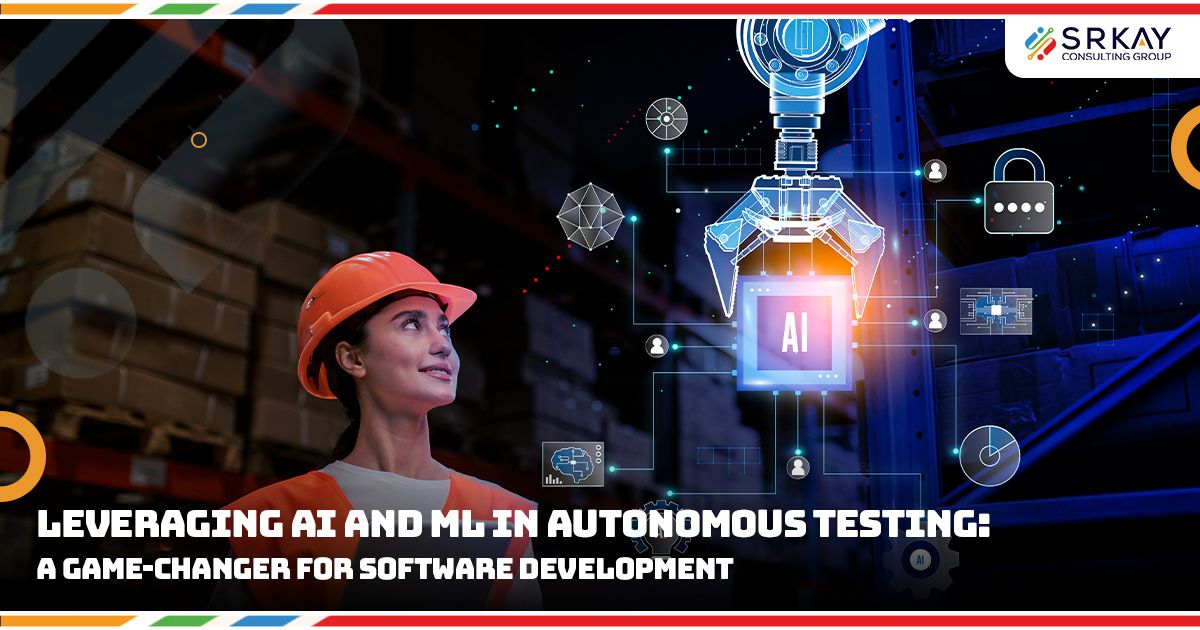Leveraging AI and ML in Autonomous Testing: A Game-Changer for Software Development

Traditional manual testing is becoming less efficient due to its time and labor-intensive nature, and organizations are turning to AI and machine learning to modernize automated testing.
The realm of software testing is witnessing a revolutionary transformation with the advent of AI and ML-driven autonomous testing, significantly impacting various stages of the software development lifecycle.
Revolution in Data-driven Testing
Autonomous testing, leveraging AI and ML, is redefining the landscape of data-driven testing. It automates the generation and maintenance of test data, enabling the execution of tests across diverse datasets. This not only ensures comprehensive test coverage but also significantly streamlines the testing process. The result is a more efficient, precise, and extensive testing framework, greatly reducing the manual effort traditionally associated with managing test data.
Advancements in Regression Testing
In regression testing, autonomous testing demonstrates exceptional effectiveness. Following code changes, it automatically checks existing functionalities, substantially reducing the likelihood of introducing new defects and ensuring ongoing software stability. This ability of autonomous testing to swiftly and accurately validate software changes is crucial in maintaining the software’s integrity over time.
Cross-browser and Cross-platform Testing Made Efficient
In today’s digitally diverse world, ensuring a consistent user experience across various platforms and browsers is crucial. Autonomous testing tools excel in this area, adeptly running tests on multiple platforms and browsers and automatically adjusting to different configurations. This capability is essential for maintaining uniformity in appearance and functionality across different user environments.
Strengthening Security Testing
In the critical realm of security, autonomous testing plays a significant role. Automating the execution of security test cases, it effectively identifies vulnerabilities and security threats. It can simulate various attack scenarios, enhancing the software’s security measures and protecting against potential security breaches.
Seamless Integration with CI/CD
A key highlight of autonomous testing is its seamless integration into Continuous Integration/Continuous Deployment (CI/CD) pipelines. It initiates the testing process automatically upon code changes, enabling rapid and accurate software updates validation. This integration is a cornerstone in modern agile development methodologies, ensuring both the speed and quality of software releases.
Exploratory Testing with a Human Touch
One of the most intriguing aspects of autonomous testing is its ability to emulate human exploratory testing. Using intelligent algorithms, these tools learn from user interactions and dynamically adapt testing scenarios. This capability provides broad coverage and helps in identifying unforeseen issues, thus significantly enhancing software quality and reliability.
In sum, autonomous testing’s role in the software development lifecycle is vast and impactful. From elevating the efficiency and accuracy of data-driven and regression testing to ensuring consistent experiences across different platforms, and from bolstering security protocols to its integration with CI/CD pipelines and exploratory testing, autonomous testing stands at the forefront of software quality assurance. As AI and ML technologies continue to evolve, the potential of autonomous testing in reshaping the software testing processes appears limitless, promising a future where enhanced software quality is a given.




